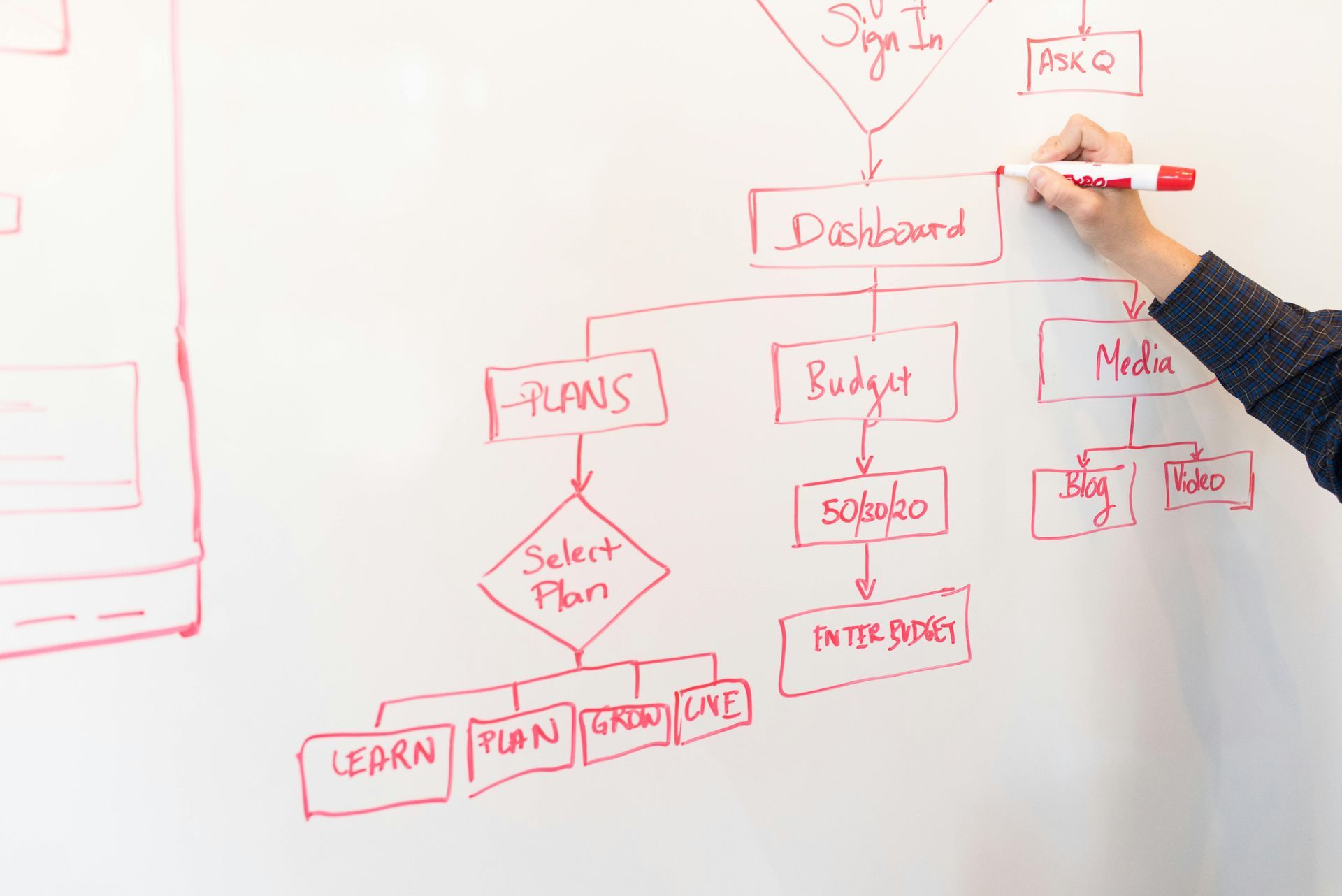The Executive Guide to Business Continuity (Series) - Part 1: Why Business Continuity Needs a New Perspective

Introduction
The business landscape has undergone a seismic shift in recent years. Globalization, digitalization, and rising customer expectations have redefined how organizations operate. At the same time, businesses face various disruptions, from natural disasters to cyber threats to global pandemics. In this environment, traditional approaches to business continuity (BC) no longer suffice. Executives must promote a new perspective on BC that integrates resilience into the fabric of the organization.
This post explores why the old ways of managing business continuity need to evolve and introduces a fresh approach that views BC as a proactive, value-generating discipline rather than merely a set of reactive protocols.
The Limitations of Traditional Business Continuity
Historically, business continuity has been treated as a "just-in-case" measure, dusted off (literally) when disaster strikes. This approach often results in BC functions being underfunded, siloed, or seen as an operational afterthought rather than a strategic imperative. The traditional focus on recovery rather than resilience has led to several limitations, such as:
- Reactive Mindset: Focused on response rather than prevention or risk reduction. While this approach can mitigate immediate impact, it often ignores the opportunity to prevent disruptions in the first place.
- Traditional BC Focus: Traditional BC planning often takes a broad approach, assessing every function within the organization rather than prioritizing those with the greatest potential for negative impact. While this method provides comprehensive coverage, it can lead to resource-intensive plans that overlook the unique needs of critical functions, risking slower response times and less effective recovery for the organization’s most vital operations.
- Minimal Engagement from Leadership: BC rarely involves senior leadership in the process and therefore executive engagement has been limited. This lack of executive engagement diminishes BC's visibility and can result in underinvestment and poor strategic alignment.
- Underestimation of Non-Traditional Threats: Traditional BC strategies are often focused on “loss of” events (facility, employee, internal dependency, vendor) and tend to have a low level of detail. This approach can overlook the rising risks of cyber threats, reputational crises, and disruptions in supply chains, leaving organizations vulnerable to impacts that fall outside traditional BC planning.
Why Today’s Environment Demands a New Approach
In a rapidly evolving business landscape, the limitations of traditional BC approaches have become glaringly evident. Consider the complex challenges organizations now face:
- Digital Transformation: As companies become more digital, they rely heavily on data and digital processes, making them vulnerable to data breaches, IT failures, and cyber-attacks. A single cybersecurity incident can have ripple effects across every department and function. Cybersecurity teams rarely collaborate with other resilience functions, such as BC, which can potentially lead to undesirable outcomes during an incident.
- Global Interconnectivity: With global supply chains and 24/7 operations, disruptions in one part of the world can lead to downstream impacts elsewhere. Events that might once have had a limited effect on business can now have global implications.
- Increased Stakeholder Expectations: Customers, employees, regulators, and investors expect companies to be resilient and reliable, regardless of external disruptions. An inability to meet these expectations can erode trust and damage brand reputation.
- Rising Frequency and Severity of Crises: From extreme weather events to global health crises, the frequency and severity of unexpected disruptions are increasing. A rigid, outdated BC plan will likely prove inadequate when a true crisis hits.
Given these challenges, executives must reframe BC as a proactive, value-adding discipline that not only mitigates risks but also supports long-term growth and stability.
Reframing Business Continuity as a Proactive Strategy
To build a resilient organization, BC needs to shift from reactive to proactive. Here’s how executives can start this transformation:
- Integrate BC into Strategic Planning:
- BC should be treated as a core component of the organization’s strategic planning process, rather than a standalone department. Executives can set the tone by embedding resilience goals into company objectives and aligning BC initiatives with business growth targets.
- This integration requires cross-functional collaboration, bringing together IT, finance, HR, operations, and other departments to ensure continuity strategies are comprehensive and adaptable.
- Focus on Resilience, Not Just Recovery:
- Resilience goes beyond recovery. A resilient organization has the capability to anticipate, absorb, adapt to, and rapidly recover from disruptions. To foster resilience, organizations should adopt adaptive policies and practices that allow them to thrive in a constantly changing environment.
- This involves building flexibility into processes, systems, and supply chains so that the organization can withstand a range of disruptions without a significant loss in performance.
- Leverage Technology and Data:
- Today, advanced analytics, artificial intelligence, and automation provide new opportunities for proactive continuity management. For example, predictive analytics can help identify potential vulnerabilities in supply chains, while automation can streamline recovery processes.
- Executives should prioritize investments in technology that enhance visibility across the organization, enabling them to spot potential risks early and make informed, real-time decisions.
- Expand the Scope of Business Continuity:
- A modern BC approach includes not only physical crises but also reputational, financial, and cybersecurity risks. By broadening the scope of continuity planning, executives can ensure they are prepared for a wider range of challenges.
- This expansion of scope also involves recognizing soft risks, such as workforce resilience and mental health, which can significantly impact productivity and organizational health.
Engaging Leadership and Building a Culture of Resilience
A successful transformation of BC requires active involvement from leadership and a shift in organizational culture. Executives play a critical role in creating a culture of resilience where BC is everyone’s responsibility, not just the job of a single department. Here’s how leaders can champion this shift:
- Lead by Example: Executives can demonstrate their commitment to BC by actively participating in resilience training and exercises, setting the standard for the rest of the organization.
- Invest in Training and Development: Resilience is built from within. Providing employees with the knowledge and tools to respond to disruptions empowers them and strengthens the organization’s response capacity.
- Promote Open Communication: Encourage employees to report potential risks, share lessons learned from past incidents, and offer ideas for improvement. An open communication culture helps the organization continually refine its BC strategy.
- Reward Resilience Thinking: Recognize and reward employees who contribute to resilience-building efforts. This can reinforce the importance of BC as a shared responsibility and motivate others to contribute.
Conclusion: From Cost Center to Strategic Asset
The traditional approach to BC no longer meets the demands of today’s fast-paced, interconnected business world. By rethinking BC as a proactive, integrated discipline, executives can unlock new value and resilience for their organizations.
This transformation not only positions the organization to better withstand disruptions but also enhances trust among customers, partners, and stakeholders.
In subsequent posts, we’ll dive deeper into how executives can reposition BC as a strategic advantage, exploring topics like leveraging maturity assessments, conducting executive-level Business Impact Analyses, and aligning continuity goals with business objectives. The journey to building a resilient organization begins here—with a fresh perspective on what business continuity can and should be.











